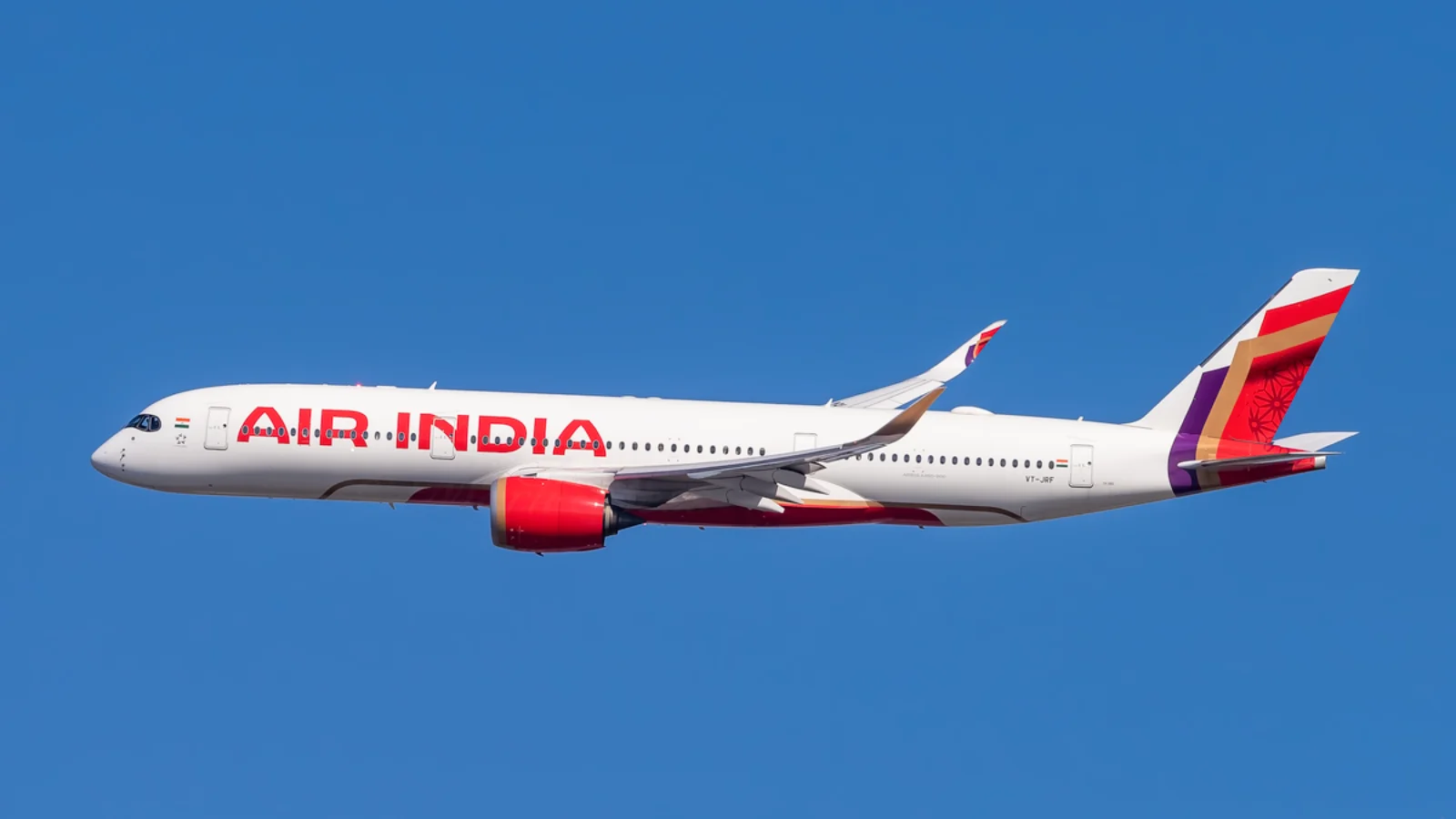The process of air travel begins with the creation of a flight plan, an essential document for every commercial airline departure. Flight plans are assembled by licensed dispatchers and provided to pilots before departure. These plans include key details such as the flight number, origin and destination, aircraft registration, flight time, and pilot information.
"The release is usually collocated on the front of the flight plan," emphasizing its importance. Pilots must sign this section before leaving the gate, confirming their acceptance of the flight plan and that they are fit to fly.
Flight plans also contain navigation logs detailing routing through waypoints and airways selected by dispatchers in coordination with air traffic control (ATC). Changes required by ATC are communicated to pilots through route clearance procedures.
 Alerts Sign-up
Alerts Sign-up








